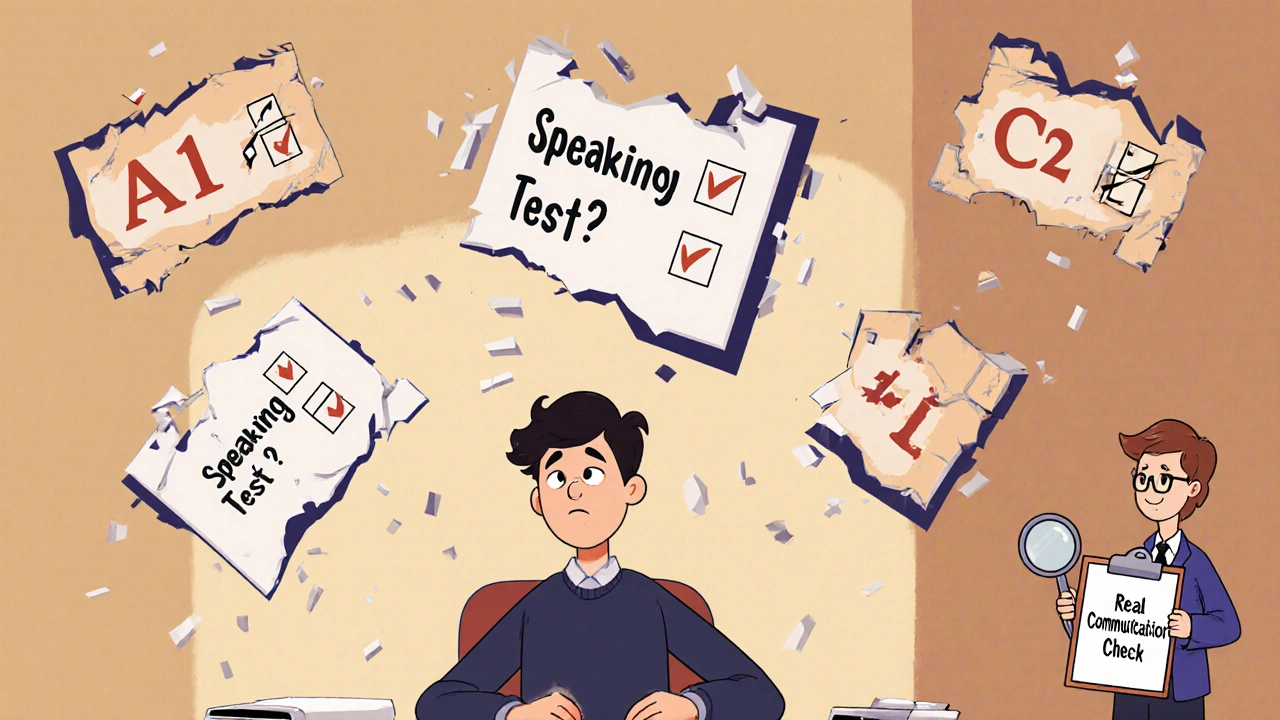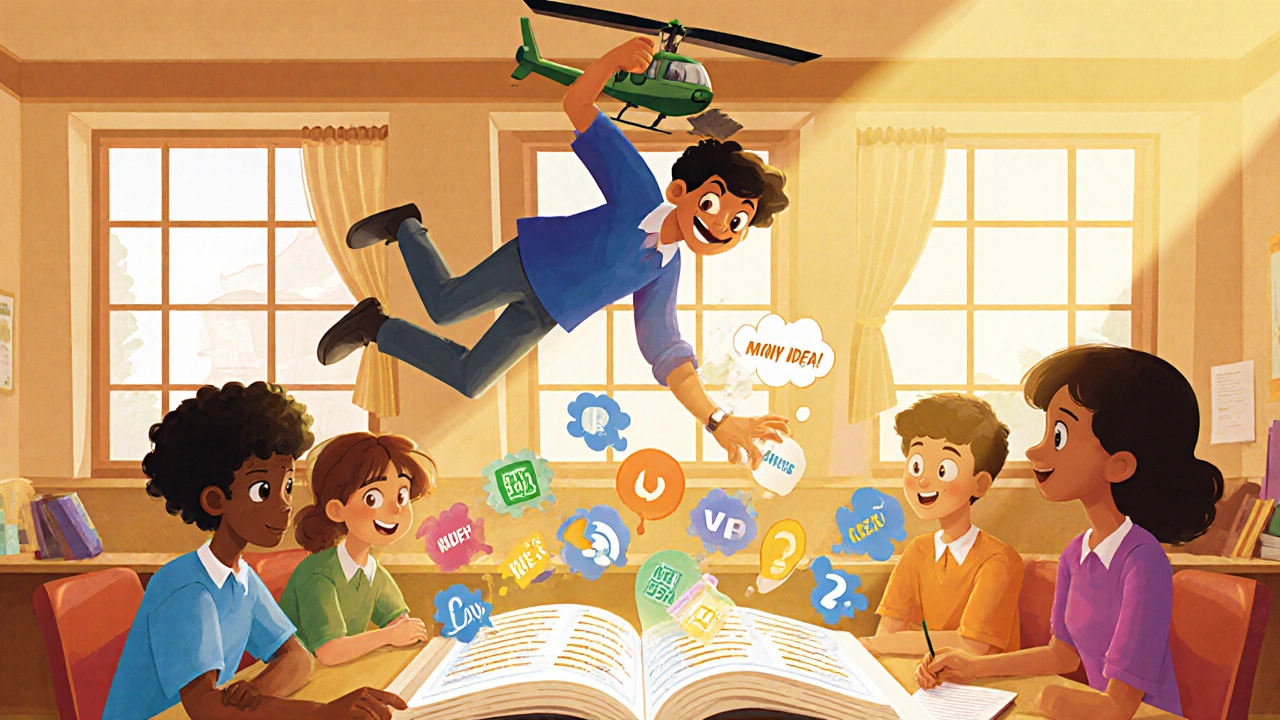Language Learning: Master Real Communication Through Culture and Reading Skills
When you're learning a language, you're not just memorizing words—you're learning how people think, feel, and connect. Language learning, the process of acquiring the ability to understand and use a new language through listening, speaking, reading, and writing. Also known as second language acquisition, it's not just about grammar rules—it's about understanding when to say what, to whom, and why. Many learners hit a wall after mastering vocabulary and verb conjugations, only to realize they still can't hold a natural conversation. That’s because real communication happens in context—not in textbooks.
Cultural context, the social norms, values, and unspoken rules that shape how language is used in different settings makes all the difference. A simple phrase like "Can you help me?" can sound polite in one culture and pushy in another. Tone, body language, silence, and even eye contact carry meaning. Without this, you might say everything right—and still sound wrong. That’s why teaching language without culture is like teaching someone to drive using only the manual, never letting them get behind the wheel.
Reading comprehension, the ability to understand, interpret, and extract meaning from written text is another pillar most learners ignore. You don’t need to know every word to get the point. Top readers use tricks like skimming, quickly scanning text to grasp the main idea and scanning, searching for specific details like names, dates, or keywords. They also use inference, the skill of reading between the lines to guess meaning from context. These aren’t fancy techniques—they’re survival skills for anyone trying to read news, emails, or books in a new language.
Language learning isn’t a race to fluency. It’s about building practical tools you can use every day. Whether you’re trying to understand a conversation on the subway, read a job email, or follow a TV show without subtitles, it’s the small, smart habits that add up. The posts below give you exactly that: no fluff, no theory without practice. You’ll find clear strategies for reading faster, understanding deeper, and speaking with confidence—not because you memorized a rule, but because you learned how real people actually talk.

Placement Tests for Language Courses: How to Accurately Assess CEFR Levels
Learn how CEFR placement tests accurately determine your language level and avoid the common mistakes that lead to wrong class placements. Find out what makes a good test-and what to avoid.

Culture and Context in Language Education: Teach Beyond Grammar
Language learning goes beyond grammar-culture and context determine real communication. Learn why teaching social norms, tone, and cultural cues is essential for true fluency.

Reading Comprehension Strategies: Skimming, Scanning, and Inference for Better Understanding
Learn how skimming, scanning, and inference help you read faster and understand deeper-whether you're learning a language, studying for a test, or just trying to get through dense text. These are the real strategies top readers use.